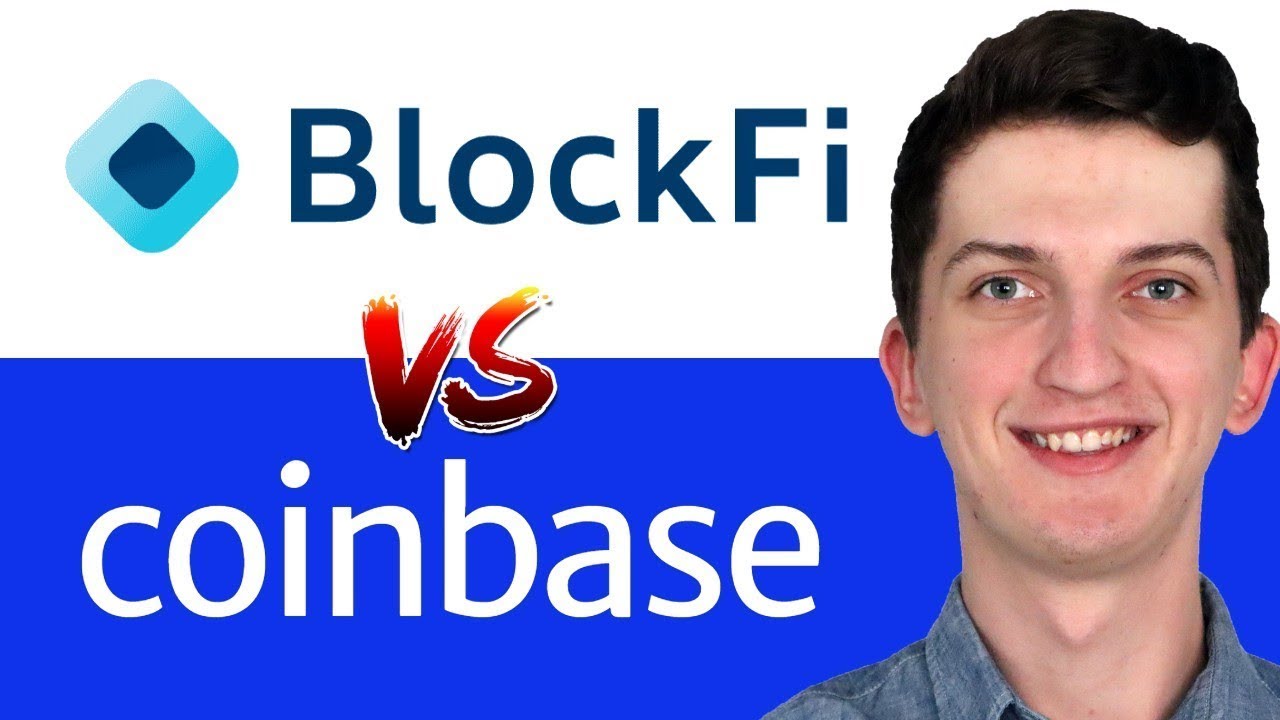BlockFi is popular for its interest accounts, which let you earn daily interest on your crypto holdings. Coinbase offers a massive selection of cryptocurrencies, as well as its Coinbase Pro platform with more trading features and low fees. Learn more about how these exchanges stack up in our BlockFi vs. Coinbase comparison.
BlockFi vs. Coinbase: Fees
While BlockFi technically doesn’t charge transaction fees, it does charge a margin of about 1% when setting trade prices. It also charges withdrawal fees, although you are allowed one free crypto withdrawal and one free stablecoin withdrawal per month.
Coinbase charges transaction fees on every cryptocurrency purchase. Fees are calculated when you place the order and depend on several factors, including the payment method, amount, and whether you’re using Coinbase’s standard platform or Coinbase Pro. Of the two, Coinbase Pro has lower fees.
On the standard Coinbase platform, the transaction fee is the greater amount between a flat fee and a variable percentage fee. The variable percentage fee is 1.49%, and it generally applies to orders of at least $205. For smaller orders, fees are as follows based on the transaction amount:
Up to $10: $0.99
Above $10 to $25: $1.49
Above $25 to $50: $1.99
Up to $205: $2.99
There can also be additional fees charged based on the payment method you use. If you pay with an ACH bank transfer, then there are no additional fees.
Coinbase Pro has a maker-taker fee model. You pay taker fees for market orders that are filled immediately and maker fees for orders that aren’t filled immediately. Fee amounts depend on your pricing tier, which is your monthly trading volume.
Coinbase and Coinbase Pro don’t charge withdrawal fees, but there is a network fee on withdrawals. The network fee depends on the crypto you’re withdrawing and how busy its network is.
BlockFi vs. Coinbase: Cryptos available
Coinbase has one of the largest cryptocurrency selections, and it’s well ahead of BlockFi in this regard.
There are over 90 cryptocurrencies available on Coinbase. It has most of the biggest cryptocurrencies on the market, including:
- Bitcoin
- Ethereum
- Cardano (ADA)
- Solana (SOL)
- Polkadot (DOT)
It also offers multiple stablecoins pegged to the U.S. dollar and quite a few smaller cryptocurrencies for those who want to invest in projects that could have more room to grow.
BlockFi is great for stablecoins, as it supports the biggest ones and offers high interest rates on them. Here are the stablecoins available with BlockFi:
- Tether (USDT)
- USD Coin (USDC)
- Binance USD (BUSD)
- Gemini Dollar (GUSD)
- Dai (DAI)
For other cryptocurrencies, BlockFi’s selection is limited to seven coins. Although it offers some major coins, there are quite a few that it’s missing. To provide a few examples, you wouldn’t be able to invest in Cardano, Solana, or Polkadot with a BlockFi account.
BlockFi vs. Coinbase: Wallets
BlockFi offers a custodial wallet. This type of wallet allows you to hold and transfer crypto, but the wallet is technically controlled by an exchange. With a custodial wallet, the risk is that you aren’t in complete control of your crypto funds. If BlockFi froze your account, you’d be locked out from accessing your holdings.
Coinbase offers a custodial wallet and a non-custodial wallet, Coinbase Wallet, where the user fully controls their crypto. Coinbase Wallet is a hot wallet, meaning it’s connected to the internet, and it’s available for download on desktop and mobile devices. You don’t need to be a Coinbase user to download Coinbase Wallet; it’s free for anyone to use.
BlockFi vs. Coinbase: Security
Both BlockFi and Coinbase provide a high level of security. Coinbase does have a better track record, as it has never been hacked, whereas BlockFi was hacked in 2020. Although no funds were stolen during the incident, the hackers were able to steal some of BlockFi’s customer information.
Both exchanges offer two-factor authentication (2FA), requiring two forms of authentication when logging into your account. For example, instead of logging in with just your password, you would enter your password and then a code generated in an authentication app on your mobile device.
They both also offer address whitelisting, which BlockFi calls allowlisting. If you enable this feature, withdrawals on your account can only be made to known addresses that you’ve whitelisted.
The biggest difference between these exchanges is that BlockFi doesn’t hold crypto funds itself. Instead, it uses custodians to protect these assets. The Gemini exchange is BlockFi’s largest custodian. Gemini keeps most of its crypto assets in cold storage, meaning it’s stored offline. It also insures crypto funds in hot wallets (crypto wallets connected to the internet).
Coinbase is the custodian of its customers’ crypto funds, and it uses the same storage methods as Gemini. It keeps 98% of crypto assets in cold storage and insures the remainder that is stored in hot wallets. Coinbase also offers FDIC insurance of up to $250,000 per individual on cash deposits, while BlockFi doesn’t.
Conclusion
BlockFi and Coinbase each have their own strengths as crypto exchanges. Picking between them is just a matter of seeing which one fits you best.
If you want to invest in larger cryptos or stablecoins and earn interest, BlockFi is a great choice. The buying process is straightforward, and you start collecting interest automatically.
Coinbase offers more trading options and a wealth of useful features. It has far more cryptocurrencies available, so if you think you’ll want a diverse portfolio of different coins, then Coinbase is the exchange for you. It also provides educational content, the opportunity to earn free crypto, and an advanced platform, making it an exchange that can work for everyone, from beginners to experienced traders.


